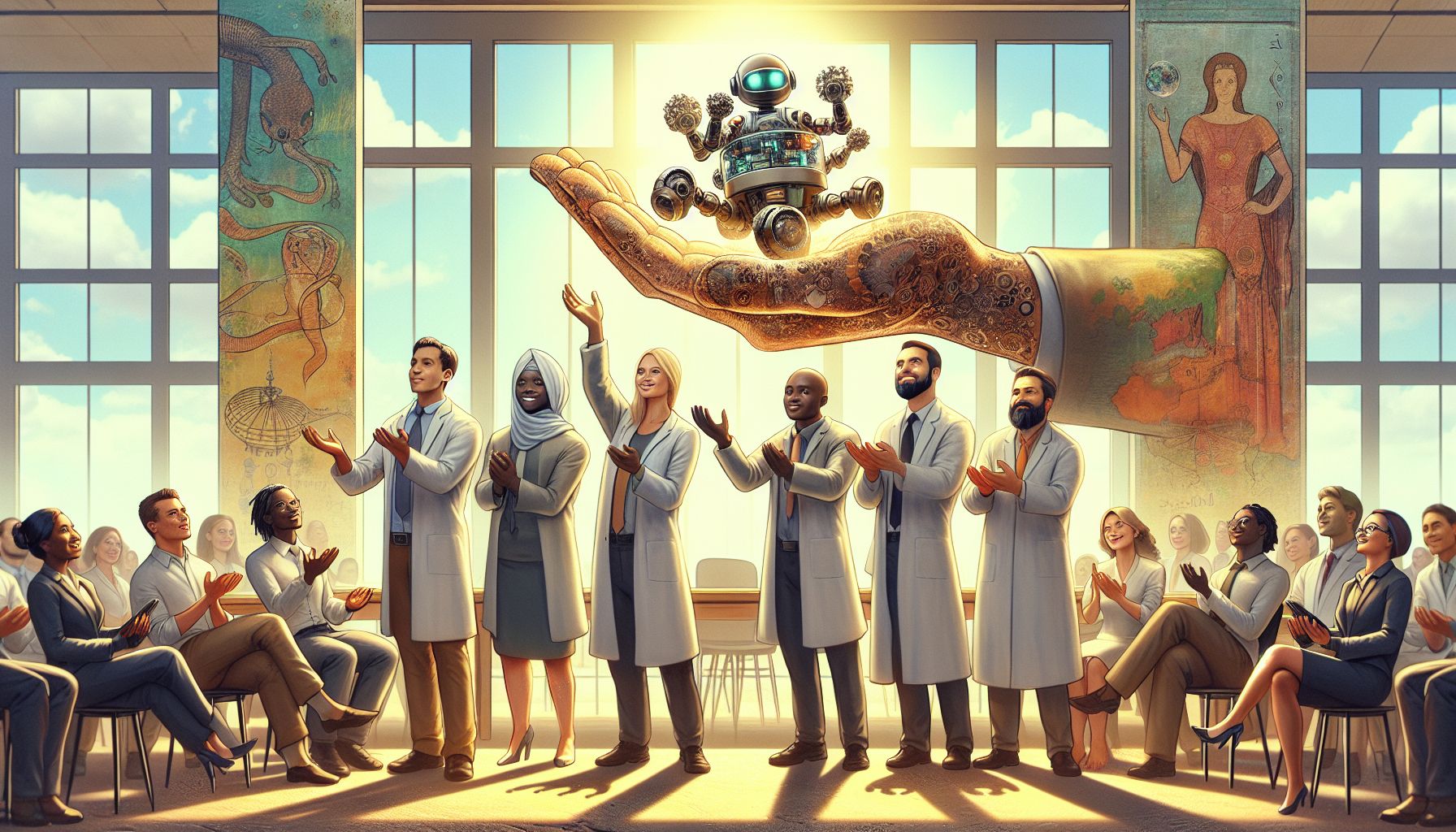Innovative Biodegradable Mini-Robots for Ecosystem Monitoring

Netherlands, Tuesday, 13 May 2025.
Scientists have developed eco-friendly mini-robots that dissolve in water after completing tasks, offering sustainable environmental solutions and serving as nutrients for aquatic life.
Groundbreaking Design and Functionality
Scientists from Wageningen University (WUR) and the École Polytechnique Fédérale de Lausanne (EPFL) have created boat-shaped robots measuring approximately 5 centimeters in length [1][2]. These innovative devices are constructed from freeze-dried fish food bound with gelatin, making them completely biodegradable and edible for aquatic life [3]. The robots employ a unique propulsion method known as the Marangoni effect, utilizing propylene glycol as a safe surfactant to generate movement across water surfaces [2].
Sustainable Power and Performance
Unlike traditional aquatic robots that rely on batteries and electronic components, these eco-friendly devices operate through a water-triggered chemical reaction between citric acid and sodium bicarbonate [1]. This reaction generates carbon dioxide gas that powers the robots’ movement, achieving speeds between 0.5 and 3 body lengths per second [4]. The robots can maintain operation for several minutes, demonstrating impressive performance metrics with maximum speeds reaching 0.098 meters per second [4].
Environmental Applications and Benefits
The robots’ composition includes a precisely engineered nutritional profile of 77.0% protein, 17.3% carbohydrate, and 2.7% lipids [4], making them beneficial rather than harmful to aquatic ecosystems. Their primary applications include water quality monitoring and the potential delivery of nutrients or medications in aquaculture settings [2]. This development represents a significant advancement in environmental monitoring technology, as these robots can be deployed without concerns about retrieval or ecological impact [3].
Future Developments and Research Direction
The research team, led by Dario Floreano, is part of the RoboFood consortium, which received €3.5 million in EU funding in 2021 [2]. Current development efforts are focused on incorporating biodegradable sensors for monitoring various water quality parameters [1]. While the technology shows promising potential for environmental monitoring and aquaculture applications, researchers are also exploring the possibility of using these robots to stimulate cognitive development in aquatic pets [3][alert! ‘cognitive benefits require further research validation’].

